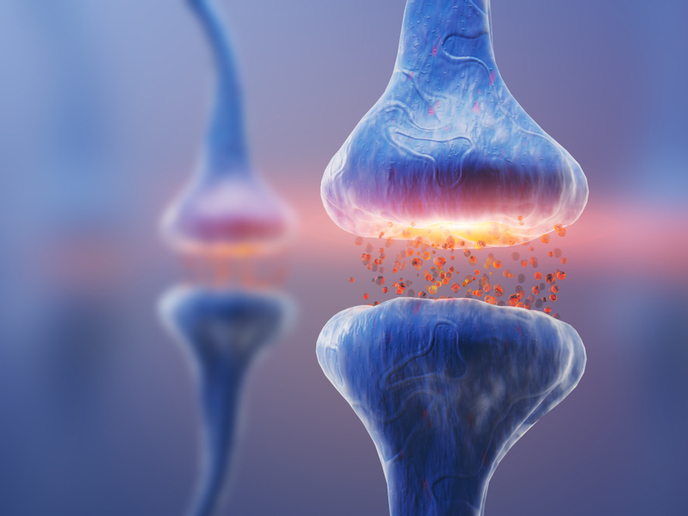Chemical bond formation simplified
Most organic compounds contain molecules with carbon atoms bonded to hydrogen atoms. This so-called C-H bond is very unreactive and difficult to break, making it tricky for organic chemists to create new bonds when making organic compounds. The EU-funded DASCA (Direct alkylation of saturated cyclic amines via catalytic C-H functionalization) project developed a way to directly convert C-H bonds into 'carbon-carbon' (C-C) bonds. These bonds are particularly important for producing useful chemicals like pharmaceuticals and plastics. Traditionally, replacing hydrogen in a C-H bond with another carbon (or any other atom) is a lengthy process requiring multiple steps. DASCA instead used a metal to activate the reaction in a procedure known as catalysis. The 'metal' (M) atom is inserted into the C-H bond, cleaving it and creating a C-M intermediate that can be used to create new compounds. To demonstrate this new technique, researchers used the metal ruthenium to transform bonds in a nitrogen-containing compound to create new organic molecules. These may in turn be used to discover novel drugs. Researchers also developed reagents that are attached to either the nitrogen atom in the organic compound or the compound's carbon skeleton. These 'directing groups' selectively guide the C-H to C-C bond formation in specific positions, depending on where the directing group is bound in the molecule. Using these approaches, chemists created new molecules that previously could not be achieved via metal catalysis. This technology will be extremely useful for producing organic molecules more cheaply and easily, particularly in the field of drug discovery.
Keywords
Organic molecules, C-H bond, carbon-carbon, pharmaceuticals, metal catalysis







